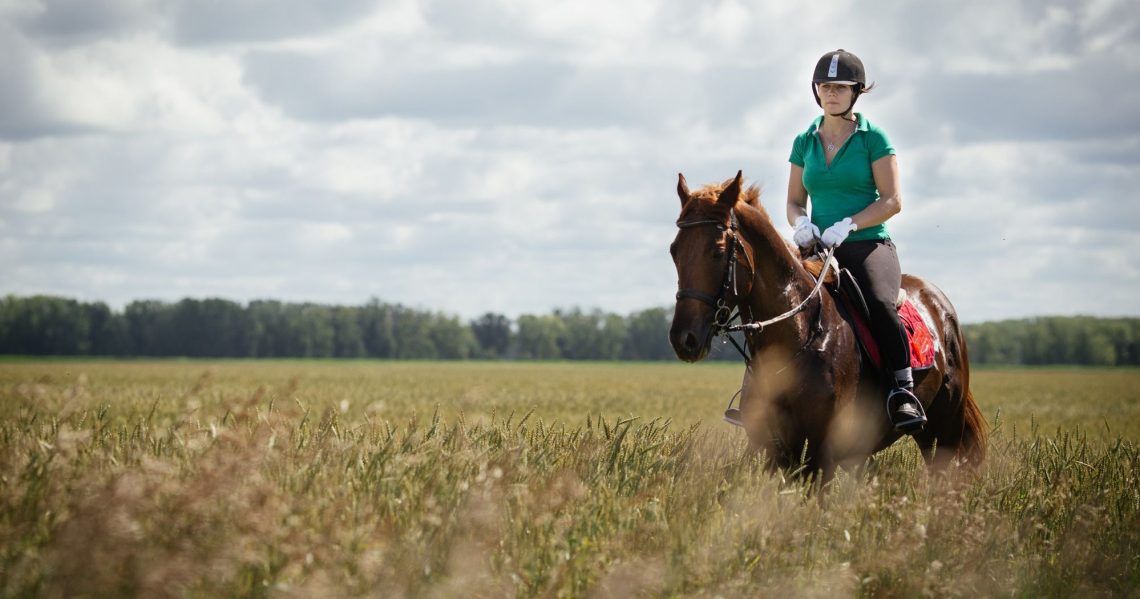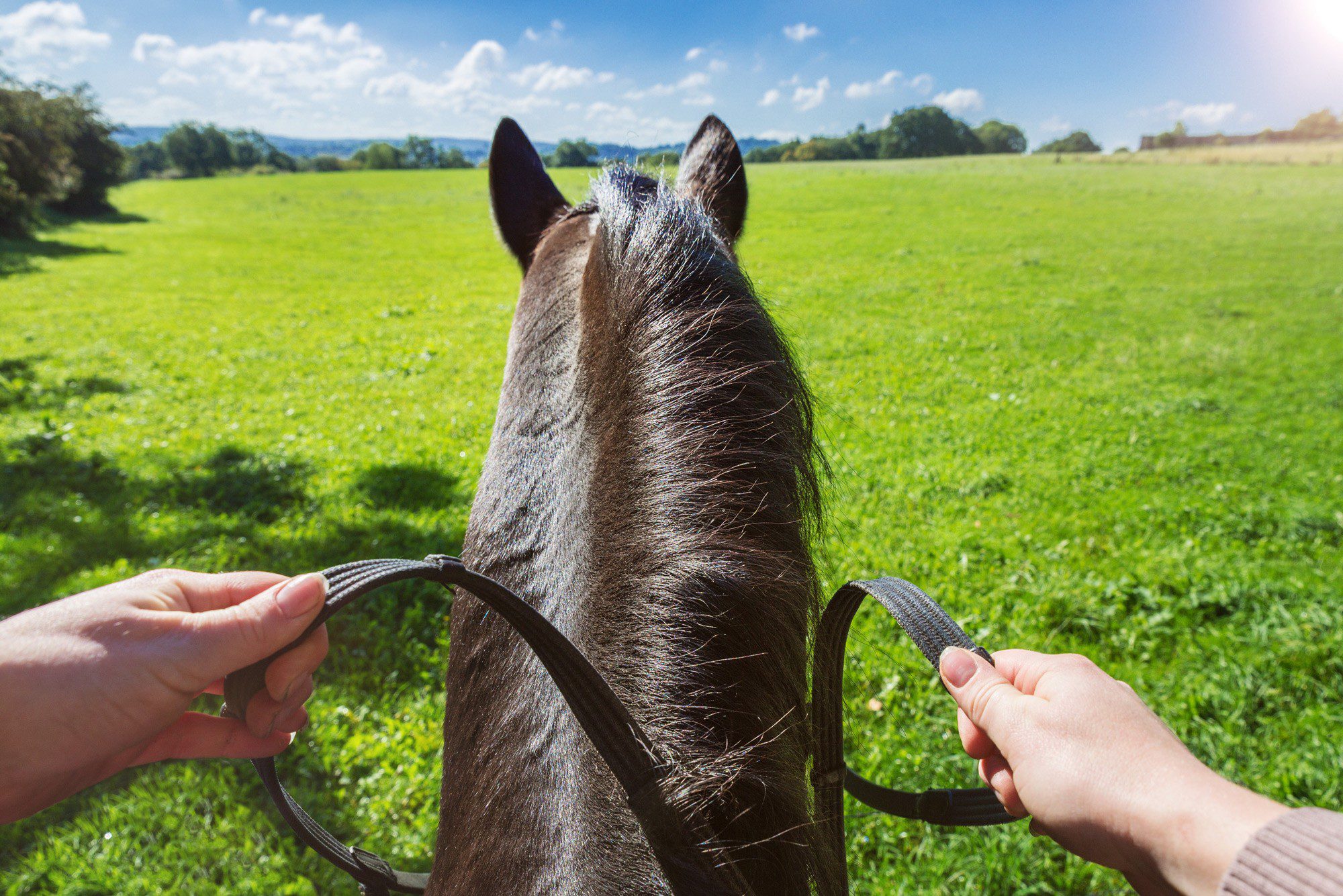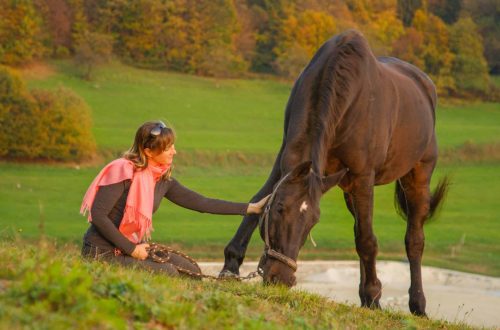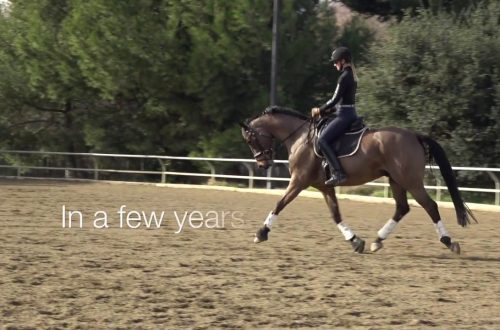
Four common hand problems and how to fix them

Photo: fei.org
Author of the article: Sophie Baker
Source: fei.org
A few tips on how to calm your hands so that they stop pulling and bouncing
All riders dream of it – a stable, soft yet resilient contact as your horse searches for the bit.
Unfortunately, learning how to ride so that your hands are independent of the rest of your body is not at all easy, it can take years – even the best riders work on their hands, regardless of discipline.
Inexperienced riders may confuse soft hands with hands that do not hold the reins at all, do not seek contact.
Here we look at some common problems and how you can fix them…
1. Hands constantly bouncing up and down
Often the cause is a lack of mobility in the elbows. It’s easy to check. Watch when your hands are shaking the most. If during a trot, especially an extended trot, then the culprit is tightness in the elbow joint.
TRY: To get a feel for how to work your elbow properly, thread an old noseband through the girth rings in the saddle and make a loop. While holding it, work on all the gaits. Focus on feeling how the elbow absorbs the movements of the horse.
You can try to ride like this on a lunge, then you don’t have to think about the fact that you need to control the horse. It is also a useful addition to close your eyes and fully focus on your feelings.
When you return to normal training, it will be useful to imagine that the elbow joint is very heavy. This will encourage you to keep them soft, flexible and resisting you.
2. You constantly overdo the reins.
This is a sure sign that your fingers are not working properly. This problem is common in beginner riders and those who ride lazy horses – riders loosen the reins a little to encourage the horse to move forward.
The problem with constantly changing the length of the reins is that you don’t give your horse a sense of contact and it often gets him confused.
TRY: stick colored tape on the part of the rein where your fingers will be (you can buy special colored reins). If that doesn’t work, you can wrap the elastic around the rein in the right place and you will immediately feel when it starts to slip.
Remember that you do not need to frantically cling to the occasion just to keep it. Relax and think about how the reins are the same length.
3. You are constantly pulling on the reins.
This can be compared to driving a car that is on the handbrake. You are constantly holding the horse, preventing him from making contact.
Often found in riders who ride strong, pulling horses or in those who are constantly in the expectation that the horse will suddenly suffer or do something that they think is frightening.
Think about how you would hold your baby’s hand when you would take him across the road – gently, so as not to hurt, and at the same time firmly, so as to hold. Now think about how you push a shopping cart. Your hands do not change position and remain in front of you when you start walking faster.
Now let’s do this: imagine your horse’s head and neck as a cart and think about moving it forward. Your hands should always be in front of you.
4. You lift your wrists.
So, the last major problem on our list. Incorrect wrist position is a fairly common mistake that many riders overlook. It is this part of the hand that is the link between the rider and the horse’s mouth. When the wrists are in the correct position, the horse is able to feel even the subtle signals of the rider.
PIANIST’S HANDS: If your arms look like you’re a famous pianist, then try to keep your elbows close to you – it’s harder to keep your arms low. Relax your arms and in the area of the elbow joint, press them to the waist.
BENT HANDS: If you turn your arms towards you (turn your wrists out), a temporary wrist splint may help. If it’s a habit that’s due to your horse being strong, stubborn, or dragging, remember that bent wrists only break contact and don’t help you in any way.
HANDS FROM TOP: If you lift your wrists up, make sure your reins are not too long. Then this is a natural reaction to the fact that because of the long rein it is difficult to feel the horse. The wrists in this case rise to at least somehow level it.
All of the above methods will help you understand how your hands should work properly. And then the matter is small – you just have to transfer it to your daily workout and make it a habit.





